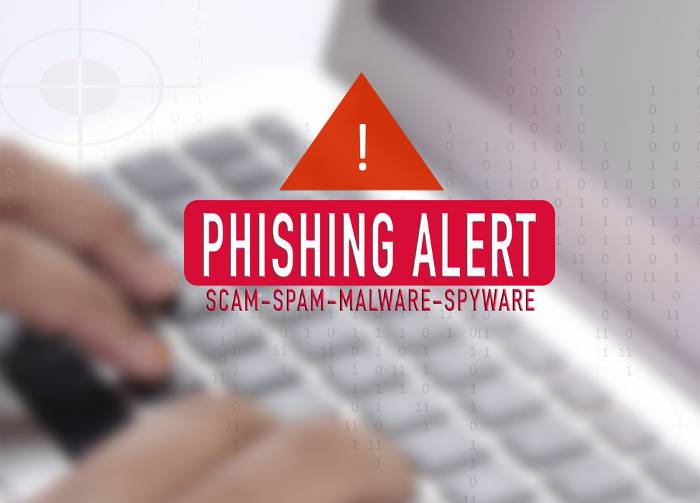Phishing attacks have been around for years and remain a favorite tool in the arsenal of cybercriminals. In 2021 alone, phishing attacks were responsible for approximately 90% of all data breaches. Anyone who uses the internet needs to think seriously about phishing attacks. For everyday web users, responding to the wrong email can lead to bank accounts being cleared out. For organizations, phishing attacks can result in costly data breaches that can permanently damage professional reputations. As phishing attacks evolve, so too must your prevention strategies.

Phishing Attacks Explained
Phishing attacks typically involve a scammer attempting to convince victims to hand over personal information or send money. Around 96% of all phishing attacks are carried out by email, although phone and text-based scams are on the rise. Malicious websites are another common delivery method, with most scammers presenting themselves as reputable organizations the victim is familiar with.
By establishing trust, scammers are far more likely to encourage victims to hand over sensitive information or download malware to their devices. In the case of email-based attacks, scammers may include an attachment that, once opened, infects a computer or mobile device with malware. An email may also redirect users to an external URL where users are instructed to provide login credentials and other personal information. If data erasure procedures haven’t been properly carried out, malware is also a concern for those purchasing refurbished laptops and other electronic devices.
Once your information has been stolen, scammers can use it to access your online accounts and divert funds elsewhere. Some scammers may instead hold your information to ransom, demanding payment before restoring access to your accounts.
Types of Phishing Attacks
Scammers are increasingly making use of new technology, with phishing techniques becoming more sophisticated. Generally speaking, phishing attacks fall into one of a few main categories.
Spam phishing is a relatively broad term and refers to scams that are designed to target as many people as possible. Although prevalent, these attacks can be relatively easy to spot. If your email spam filters are effective enough, there is a good chance phishing messages will never hit your main inbox. However, because these emails are sent out in massive quantities, there’s always a chance you’ll find yourself dealing with one. While the majority of recipients won’t actually open these spam emails, the small minority that does makes it a lucrative enterprise for scammers.
Targeted phishing refers to a far more sophisticated form of attack. These attacks are usually reserved for specific targets, such as people working with a specific organization or industry sector. These attacks are referred to as ‘spear phishing’. A more focused approach is ‘whaling’. Whaling attacks involve scammers targeting a particular individual where the reward for their efforts is substantial. If an organization hasn’t committed to secure data destruction, there’s a real threat of cybercriminals accessing assets to use in a targeted phishing attack.
Unlike the email blast approach of spam phishing, targeted phishing is far more personalized to the individual. Scammers go to great efforts to design tailored messages to dupe their targets. The information scammers use to craft targeted phishing attacks is often readily available in the form of social media accounts and other online profiles. If you want to bolster your defenses against this kind of phishing attack, aim to keep your profiles as private as possible.
Phishing Protection Best Practices
In addition to remaining vigilant, there are many steps you can take to protect yourself against phishing attacks. For starters, make sure your devices are protected with reliable security software. Once you’ve chosen a software solution, it’s vital you keep it updated regularly so it can meet the latest security threats head-on. If you’re worried about scammers targeting your smartphone, it’s also important to update your device software regularly. As soon as an update is available, make sure you’re downloading it.
For maximum protection, it’s advisable to use two-factor authentication wherever possible. Whether it’s a bank account or service portal, multi-factor authentication will make it harder for scammers to access your assets. Advanced authentication usually combines multiple passcodes and security keys, as well as additional biometric identification.
Finally, if you’re worried about ransomware and phishing attacks, make sure you’re backing up your data regularly. Use a cloud-based service or external hard drive that isn’t connected to your main device or home network.
Phishing Attack Prevention: Final Thoughts
In almost every case, common sense will help you prevail over phishing attacks. Be wary of any message that asks you to provide sensitive information. Furthermore, take a step back if a message is highly emotive or rushing you into a response. Emails containing attachments should always be eyed with suspicion, even if they claim to be from trusted senders. As a rule, you should also avoid clicking on links embedded within the body of an email. Provided you’re doing all of this regularly, you can drastically slash the chance of falling foul of a phishing attack.
=================================================================================
Author Bio:
This article was written by Eloise Tobler of Wisetek Store. Wisetek Store is part of the larger ITAD Company Group Wisetek, and was created to give customers access to high quality, reliable and affordable refurbished devices such as refurbished tablets.